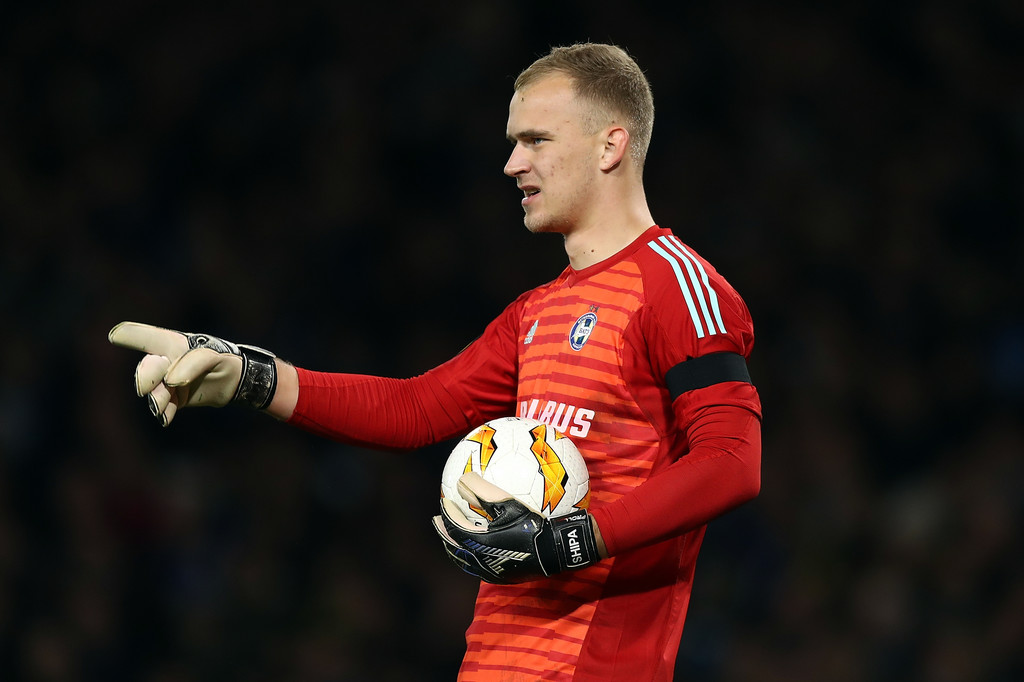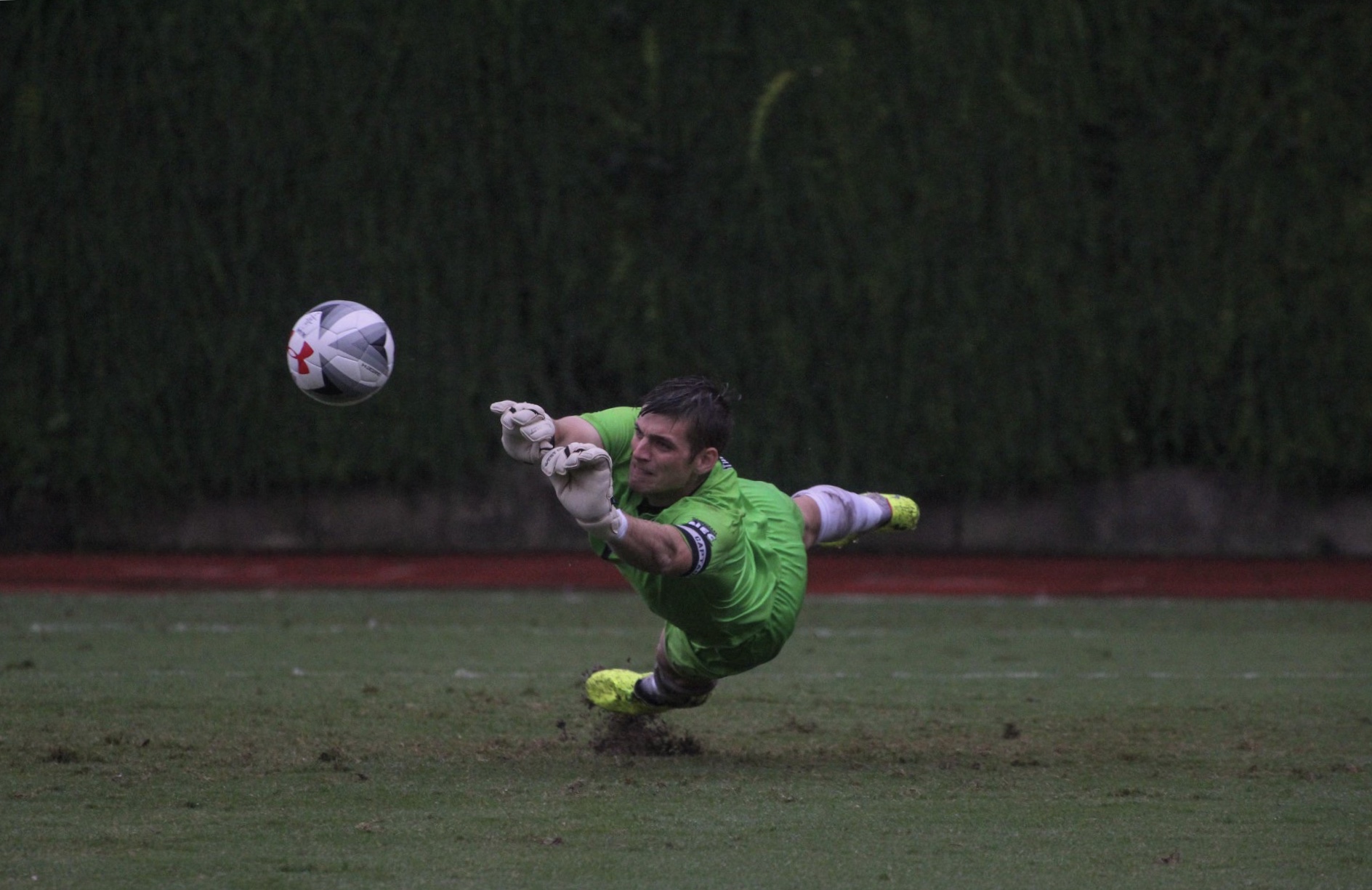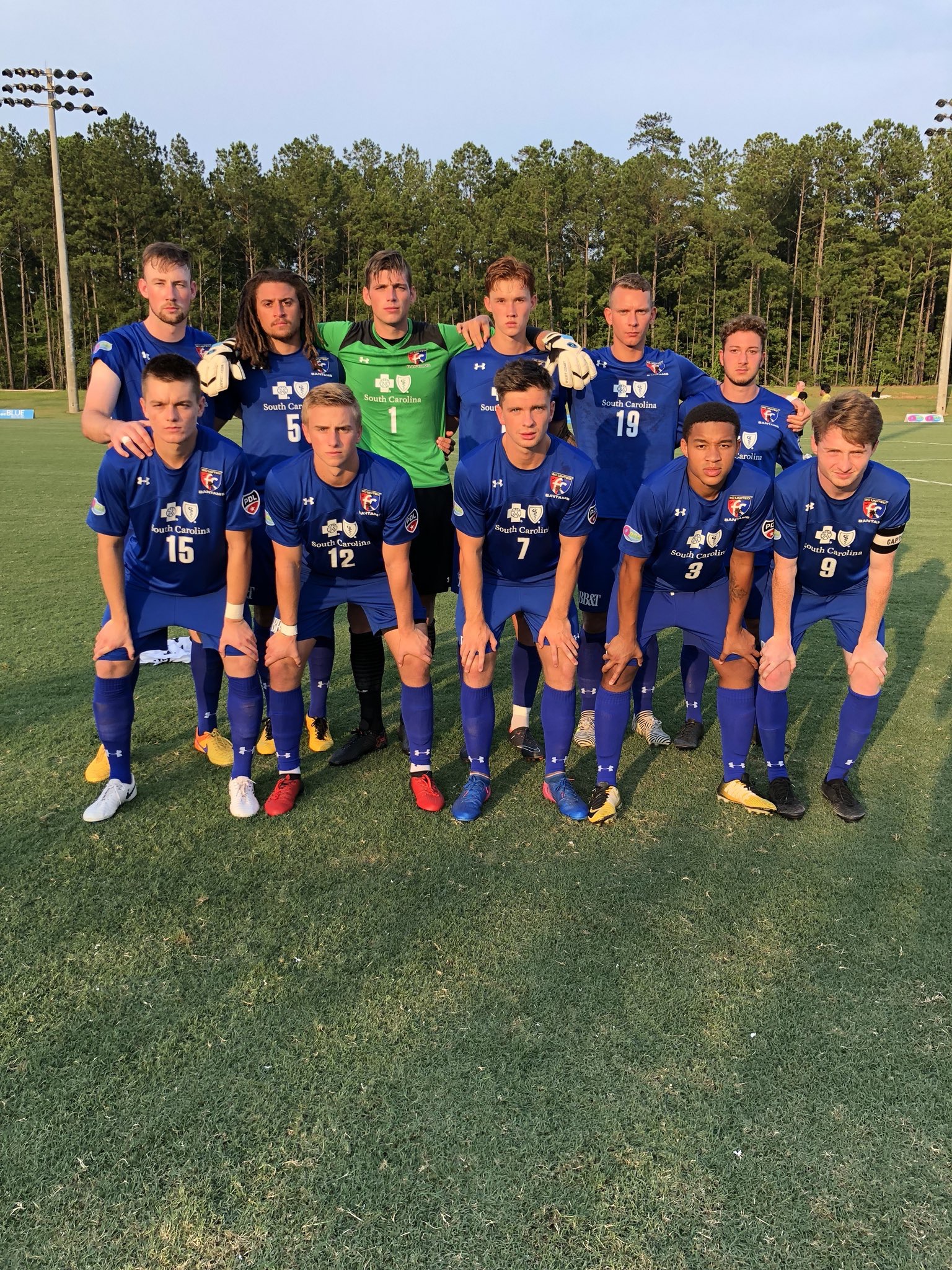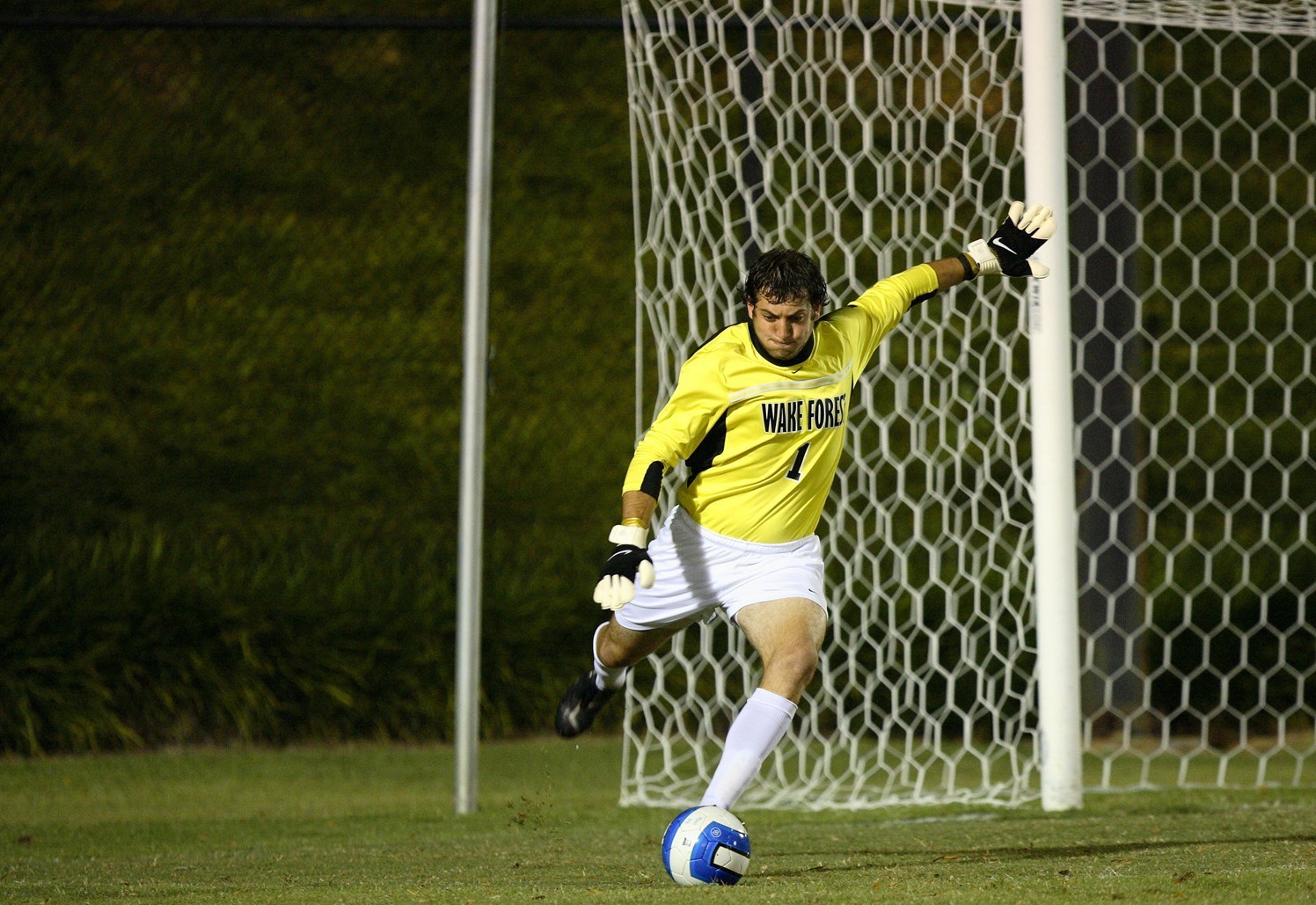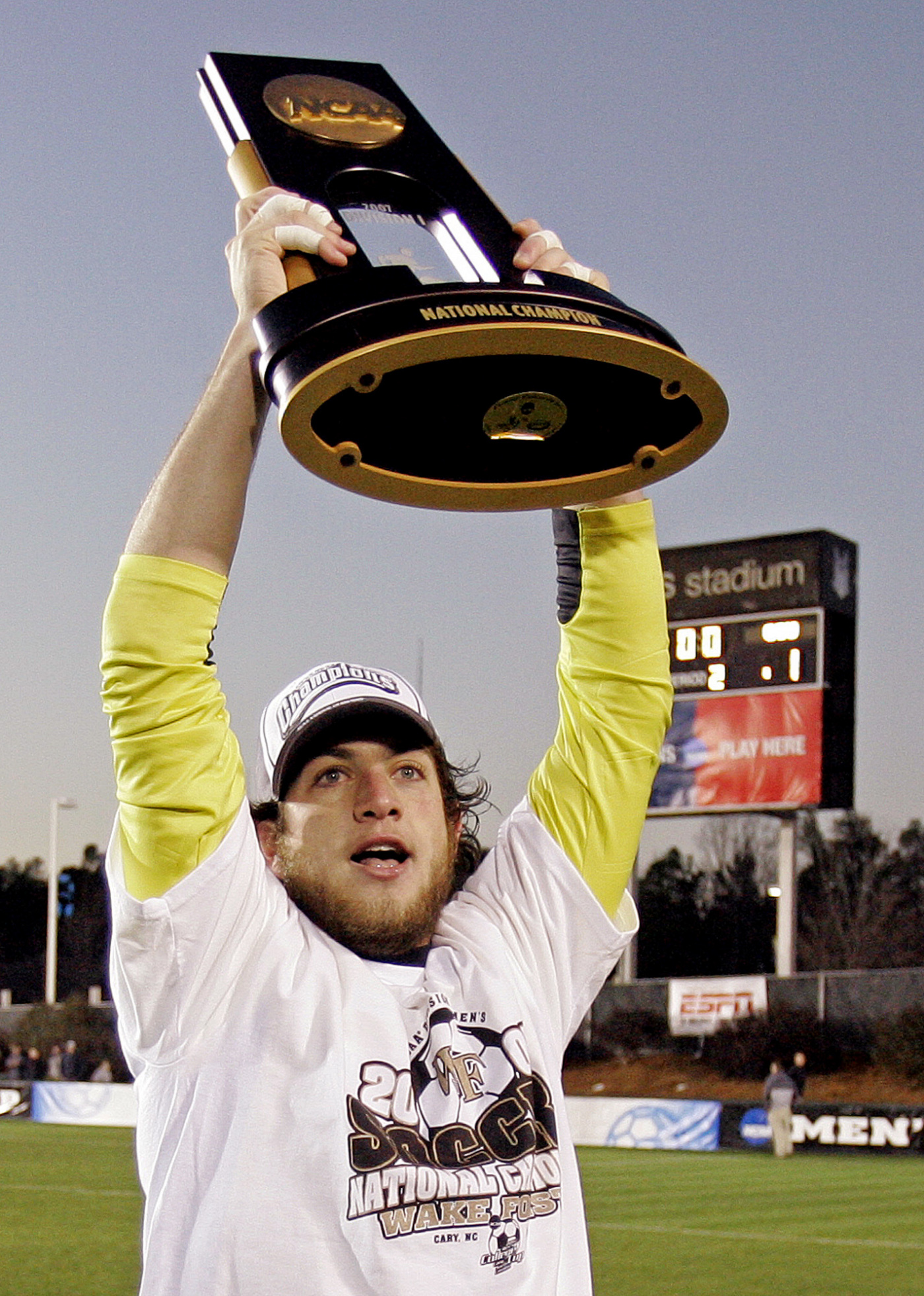cover photo from ISIPhotos
USMNT
1. JT Marcinkowski, 21 - San Jose Earthquakes
2. Jonathan Klinsmann, 22 - Hertha BSC
3. Justin vom Steeg, 21 - Los Angeles Galaxy
4. Carlos dos Santos, 18 - Benfica
5. Parker Siegfried, 22 - Ohio State
6. Jacob Harris, 21 - Colgate
7. Jimmy Slayton, 21 - Hartford
8. Ben Hale, 21 - Furman
9. Eric Lopez, 20 - Los Angeles Galaxy
10. Andrew Thomas, 20 - Stanford
Marcinkowski and Klinsmann were recently called into the U23 camp. It’s a positive sign there’s a fairly unanimous agreement on the top goalkeepers for a cycle, which hasn’t always been the case. Marcinkowski and Klinsmann split time in the recent 2-0 loss to Egypt and will take on the Netherlands later this weekend. I was critical of Klinsmann’s performances two years ago when he started over Marcinkowski with the U20s but since then he’s earned some strong praise from his goalkeeping coach at Hertha Berlin over his development.
Vom Steeg has emerged as the starter for LAG2, a team known for maintaining a large emphasis on development, so don’t be surprised if California native has a high GAA at the end of the year. He’s played well in his first two matches, even if the defense isn’t quite up to top professional standards yet. Dos Santos is currently with the U20s, where he appears to be a front runner for making the U20 World Cup roster.
While goalkeepers like Klinsmann and Lopez are certainly of a large, physical stature that traditional goalkeepers match, it’s interesting to see a number of undersized and lean goalkeepers are in the pool. Marcinkowski and Siegfried seem a little overbilled at 6’1” and 6’2”, respectively. Vom Steeg and dos Santos are both under 200 pounds, surely modeling parts of their game after David de Gea. Past USYNTs have more often relied on physically dominating goalkeepers but it seems U23 head coach Jason Kreis is putting a high priority on keeping the ball out of the net. Not unrelated, Jon Busch has been working with the U23s this camp.
Marcinkowski, Klinsmann, and the rest of the pool are vying for a roster spot for the CONCACAF Olympic Qualifying, which starts this fall.
USWNT
1. Jalen Tompkins, 22 - Colorado
2. Cosette Morche, 21 - Houston Dash
3. Mikayla Krzeczowski, 21 - South Carolina
4. Brooke Heinsohn, 21 - Duke
5. Kaylie Collins, 20 - USC
6. Emily Alvarado, 20 - TCU
7. Jaelyn Cunningham, 21 - Illinois
8. Mandy McGlynn, 20 - Virginia Tech
9. Hillary Beall, 20 - Michigan
10. Laurel Ivory, 19 - Virginia
The U23 goalkeeping pool on the women’s side is one more for interest and less of consequence. While Marcinkowski and Klinsmann are gearing up for Olympic qualifying (a strictly U23 event), the recent U23 WNT camp has nothing more than a handful of exhibition games currently scheduled. Last year’s U23s went to Norway for a brief U23 tournament, but plans to return have not been announced yet.
The current U23 camp features Laurel Ivory and Mandy McGlynn, the starter and backup from the 2018 U20 World Cup team that did not advance out of their group. Ivory is a goalkeeper who can either showcase top abilities that would easily translate to the professional game or simple errors like we witnessed in the tournament ending match versus Spain. McGlynn heads into her senior year at Virginia Tech as one of the most athletic goalkeepers in her age group.
Morche, Heinsohn, and Beall rely on their frame (all are around the 6’0” mark) and patient positioning while Tompkins, Krzeczowski, Collins, and Alvarado make up in the lack of height with quick reflexes and mobility to get themselves behind the ball. Similar to the men’s pool, there’s a wide variety when looking down the list.
(Cosette Morche is on trial with the Houston Dash and not under contract at this time. Emily Alvarado is currently in the Mexican youth national team setup but a one-time switch could theoretically see her in goal for the US, even though the move is unlikely.)





